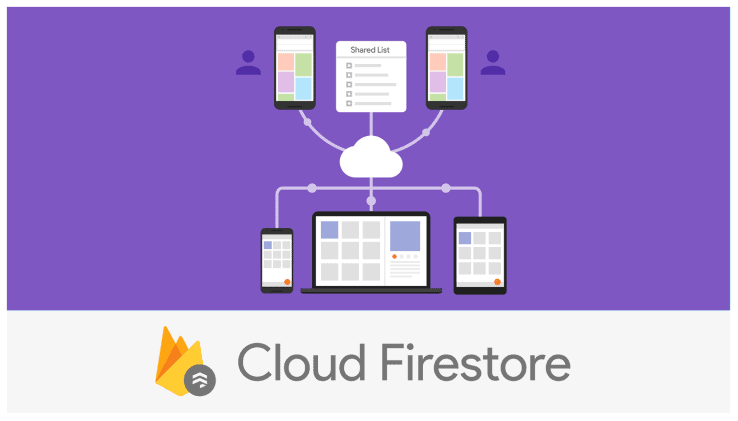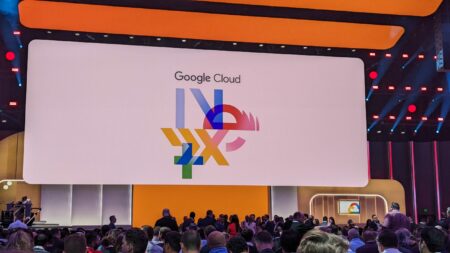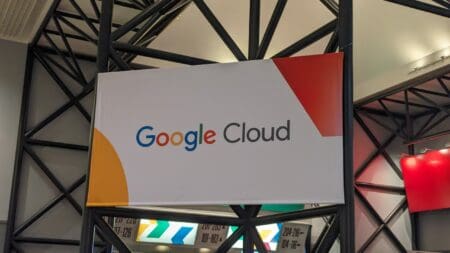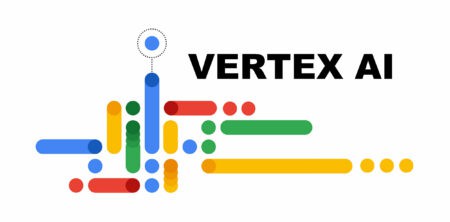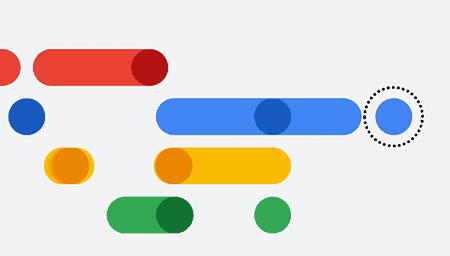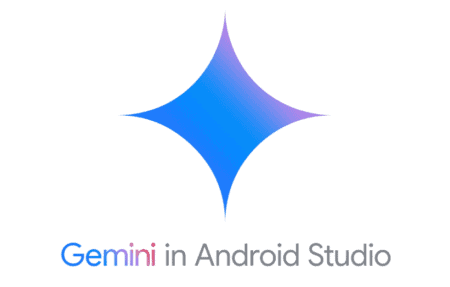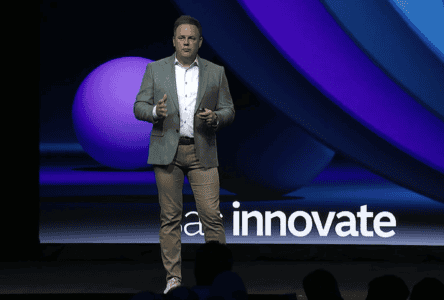Google has made its Cloud Firestore database for mobile, web and IoT applications widely available. It is a serverless, NoSQL database that is designed to handle unstructured data that does not comply with conventional data models and therefore does not work well for a mainstream relational database.
The Cloud Firestore was launched as a beta version over a year ago. Since then, the service has become very popular, with over a million instances of the database being live.
The service integrates with Google Cloud Platform and Firebase, Google’s mobile developer platform. It also offers several important features for mobile app developers. For example, it can synchronize data in real-time between devices, reports Silicon Angle.
Furthermore, it uses concepts called collections and documents to structure query data. This allows queries to be scaled up much further than is possible with a regular NoSQL database. In addition, the service allows apps to work offline with a database on the mobile device, so apps can continue to work if the connection is lost.
Cloud Firestore also helps speed up and simplify the building of serverless applications. Data can be exported to Google’s BigQury service for advanced analytics and machine learning purposes. A new integration with Stackdriver, Google’s cloud computing systems management service that provides performance and diagnostic data to public cloud users, has also been launched. The integration is a beta version and allows users to monitor read, write and delete operations almost in real time.
Applications
The service is used by Telegraph Media Group Limited, the publisher of the British newspaper Daily Telegraph, among others. The company uses the service to help readers find relevant content more easily. Hawkin Dynamics uses it to control devices that measure and track the performance of athletes.
Cloud Firestore is now available in thirteen regions and will be much cheaper. Regional instances are becoming as much as 50 percent cheaper in some areas.
This news article was automatically translated from Dutch to give Techzine.eu a head start. All news articles after September 1, 2019 are written in native English and NOT translated. All our background stories are written in native English as well. For more information read our launch article.